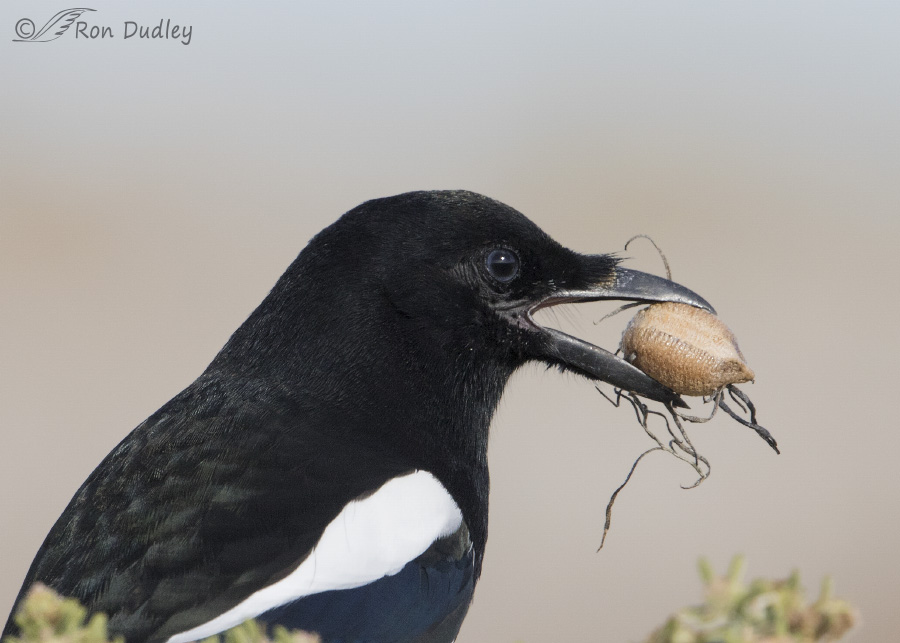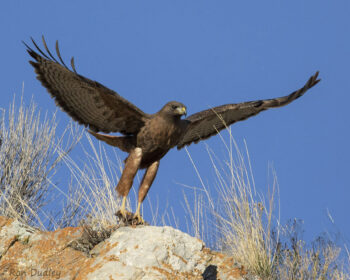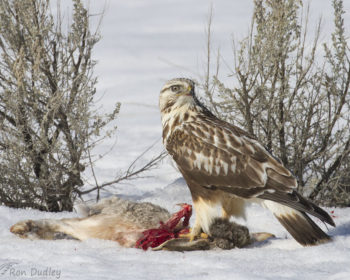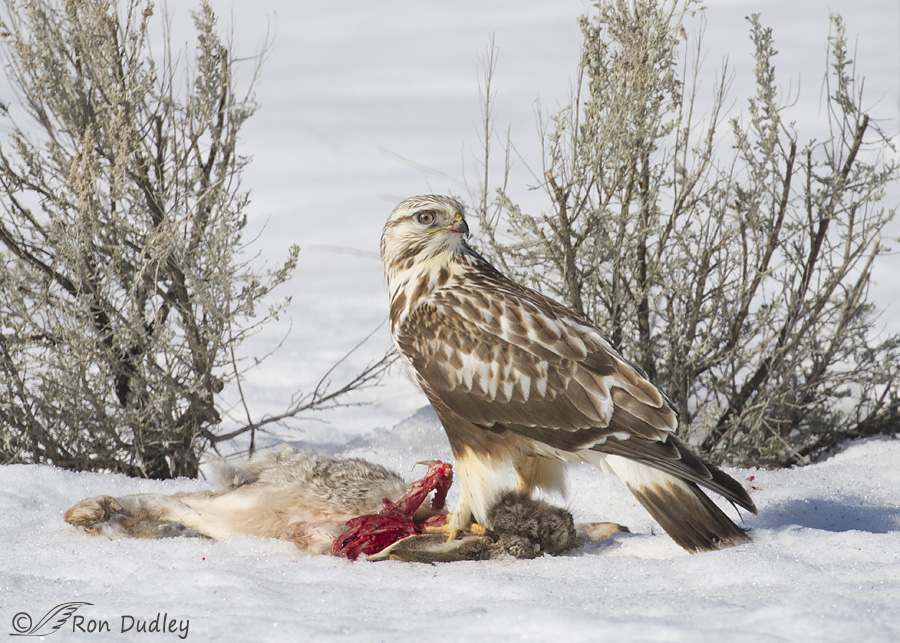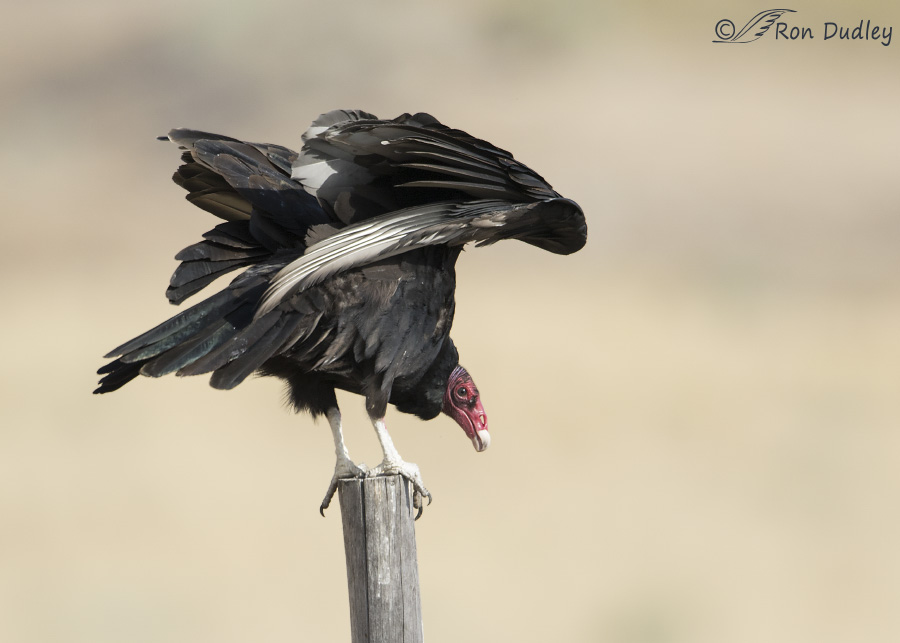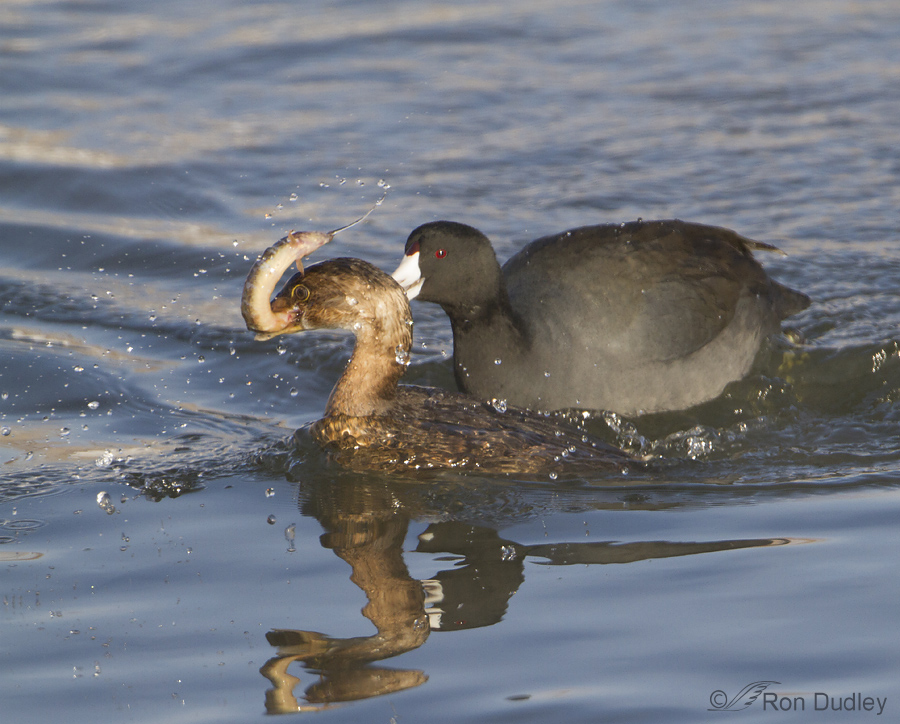Tag: carrion
Rufous Male Red-tailed Hawk Taking Off With Prey (or carrion?)
Rough-legged Hawk On Rabbit Prey
Rough-legged Hawk On A Rabbit Kill
A Turkey Vulture Kind Of Morning
A Coot In Pursuit Of A Grebe’s Fish
The Delightfully Disgusting Turkey Vulture
Some folks think of Turkey Vultures as pretty revolting birds. Personally, I find that to be an unfair characterization but perhaps some of the following facts will explain the reaction some have toward these vultures. (warning – I suggest that you not be eating as you read this…) Turkey Vultures: are carrion eaters prefer fresh carrion but they can’t open the carcass of thick-skinned animals so they often wait until it is putrid and soft before they dine. typically enter the carcass through the genitals, anus, nostrils or mouth and consume the tongue and eyes first will eat almost anything that is dead, including skunks. But even Turkey Vultures have limits and they will often eat around skunk scent glands and leave them behind. deliberately defecate on their own legs and feet, possibly as a cooling mechanism. 1/1000, f/8, ISO 500, 500 f/4, natural light They also often assume poses similar to this one when in direct sunlight. This behavior is thought to be a form of thermoregulation or a way of utilizing the sterilizing effect of ultraviolet on their plumage. Or both. Yes, some of the behaviors of this species tend to put some of us off a bit but it’s nice that there’s someone “out there” to clean up all of those nasty carcasses. In fact, the genus name for this bird, Cathartes, means “purifier”. Quite appropriate, I think. Ron Note: I’m on a camping/photo trip for a few days and will be largely out of touch until my return. I’ll catch up on answering comments and any questions when I…
Rufous Male Red-tailed Hawk Taking Off With Prey (or carrion?)
Rough-legged Hawk On Rabbit Prey
Rough-legged Hawk On A Rabbit Kill
A Turkey Vulture Kind Of Morning
A Coot In Pursuit Of A Grebe’s Fish
The Delightfully Disgusting Turkey Vulture
Some folks think of Turkey Vultures as pretty revolting birds. Personally, I find that to be an unfair characterization but perhaps some of the following facts will explain the reaction some have toward these vultures. (warning – I suggest that you not be eating as you read this…) Turkey Vultures: are carrion eaters prefer fresh carrion but they can’t open the carcass of thick-skinned animals so they often wait until it is putrid and soft before they dine. typically enter the carcass through the genitals, anus, nostrils or mouth and consume the tongue and eyes first will eat almost anything that is dead, including skunks. But even Turkey Vultures have limits and they will often eat around skunk scent glands and leave them behind. deliberately defecate on their own legs and feet, possibly as a cooling mechanism. 1/1000, f/8, ISO 500, 500 f/4, natural light They also often assume poses similar to this one when in direct sunlight. This behavior is thought to be a form of thermoregulation or a way of utilizing the sterilizing effect of ultraviolet on their plumage. Or both. Yes, some of the behaviors of this species tend to put some of us off a bit but it’s nice that there’s someone “out there” to clean up all of those nasty carcasses. In fact, the genus name for this bird, Cathartes, means “purifier”. Quite appropriate, I think. Ron Note: I’m on a camping/photo trip for a few days and will be largely out of touch until my return. I’ll catch up on answering comments and any questions when I…


